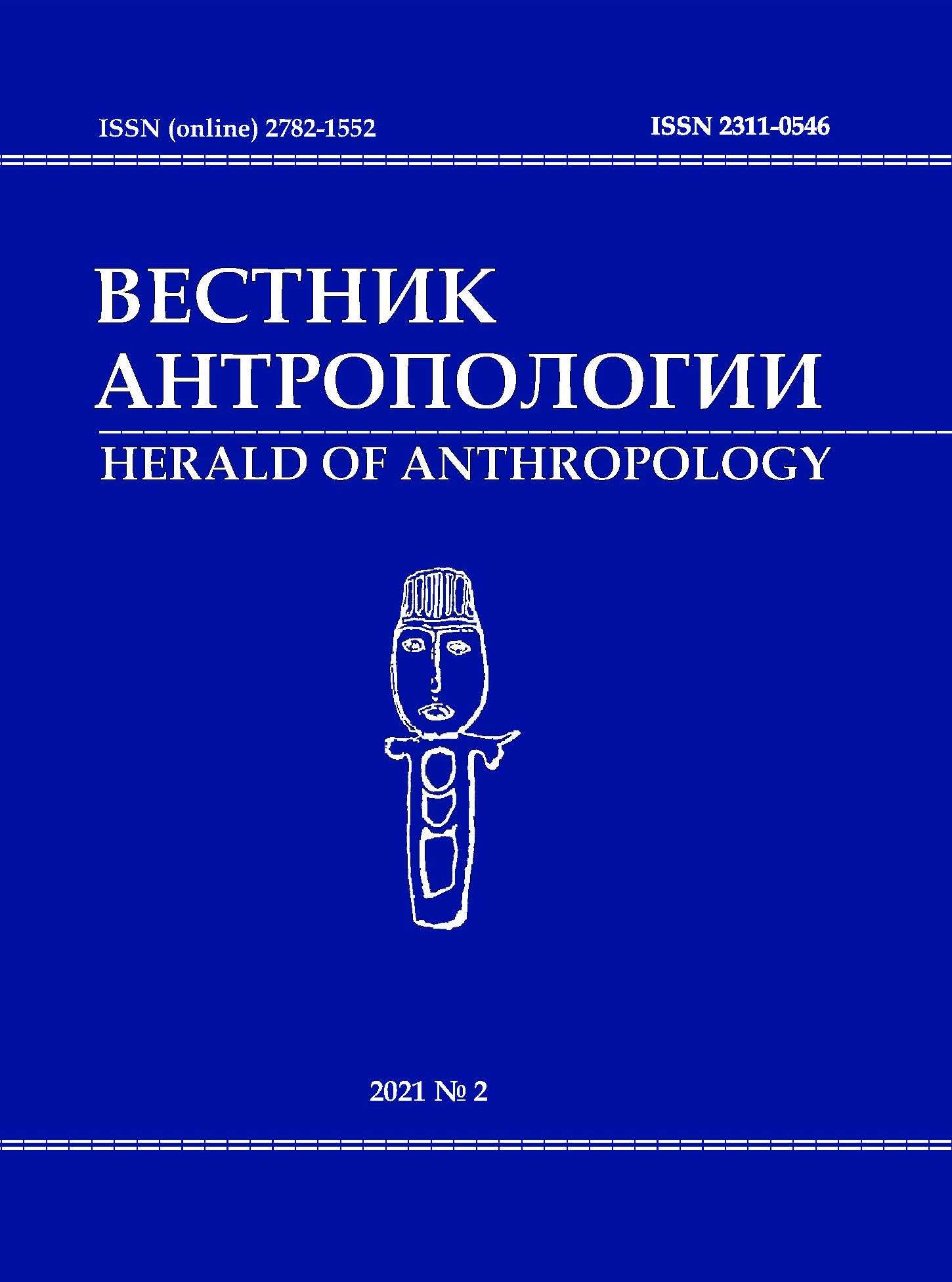Military everyday life of the civilian population of Stalingrad in 1942–1943
DOI: 10.33876/2311-0546/2021-54-2/26-34
Keywords:
Stalingrad, humans, war, everyday life, fear, death, life, memoryAbstract
The article is based on the diaries of Anna Aratskikh and Serafima Voronina, residents of Stalingrad during the notorious battle of 1942–1943. The diaries were written under constant bombardment, when Stalingrad turned from a city near the front-line into a front-line city. The population of Stalingrad became hostage to the fighting city. The archival documents reflect the military everyday life, the emotional, moral state of the people, and survival on the verge of human capabilities. The authors describe the living conditions in the ruins, the difficulties in the food supply. Grocery stores and shops were devastated, water pipelines were destroyed, and there was no regular water supply. Human sensitivity was dropping away, one got used to everything: to hunger, cold and even death. On the pages of the diaries, the authors not only described the events they witnessed, but also shared the most intimate feelings, expressed their concerns and experiences, support to others. The battle of Stalingrad turned into a tragedy for the civilian population of the city. As in combat, they needed to look for the right solutions in critical situations. Due to the constant movement of the front line, residents also had to move and settle down in new places. The daily life of the civilian population took place literally in the trenches and was determined by the extreme situation of the large-scale war, which affected the society, the country, the people. It was not just patriotism, but a collective sacrifice and heroism in the name of a common cause. In the days of the city’s defense, this became the new norm. The diaries describe the deep tragedy of the days of the defense of Stalingrad through the personal perception of thousands and thousands of ordinary people.
For Citation: Nasekin, M.A., and A.V. Buganov. 2021. Military everyday life of the civilian population of Stalingrad in 1942–1943 (according to the diaries of Anna Aratskikh and Serafima Voronina). Herald of Anthropology (Vestnik Antropologii) 2: 26–34.
References
- Pavlova, T.A. 2005. Zasekrechennaia tragediia: Grazhdanskoe naselenie v Stalingradskoi bitve [Secret tragedy: civil population in the Stalingrad battle]. Volgograd.: Peremena.
- Samsonov, A.M. 1989 Stalingradskaia bitva [Stalingrad battle]. 4th. Edition, revised & enlarged. Moscow: Nauka.





















